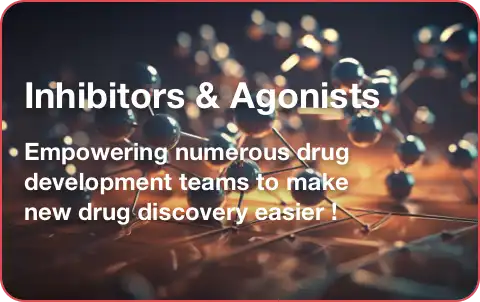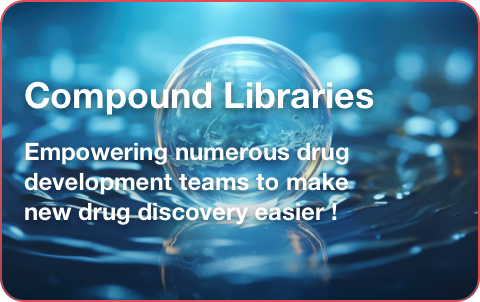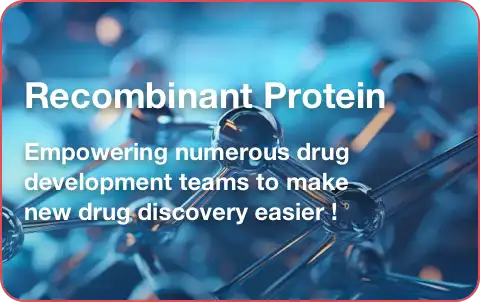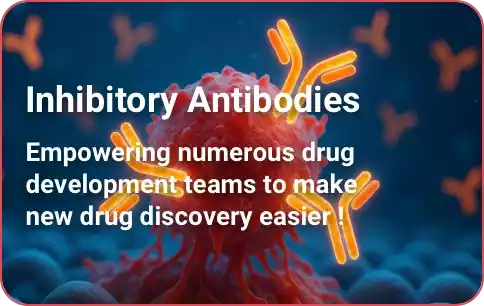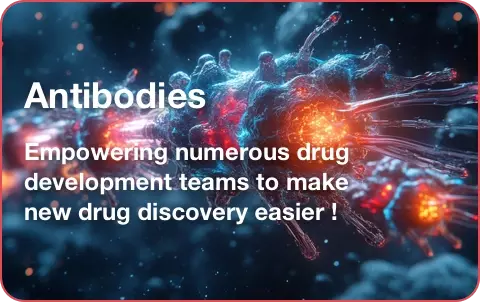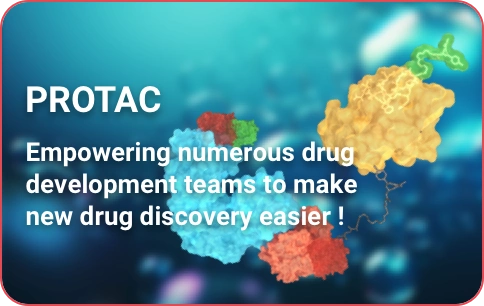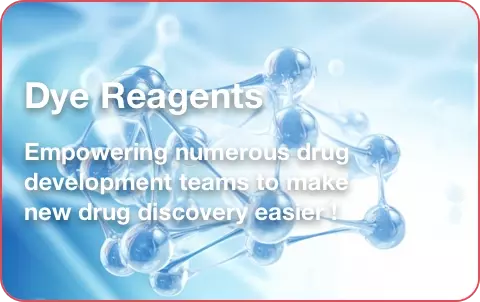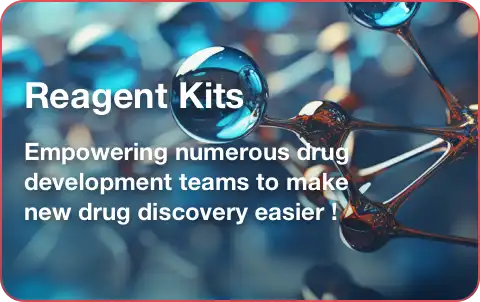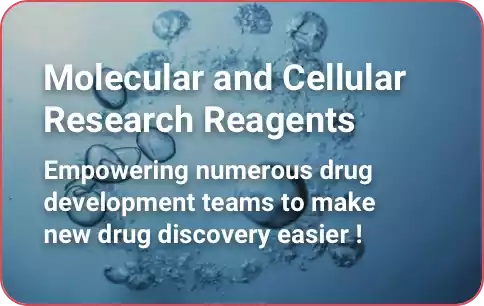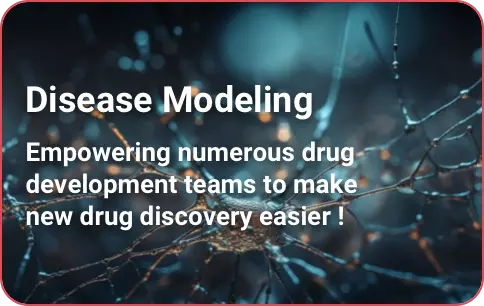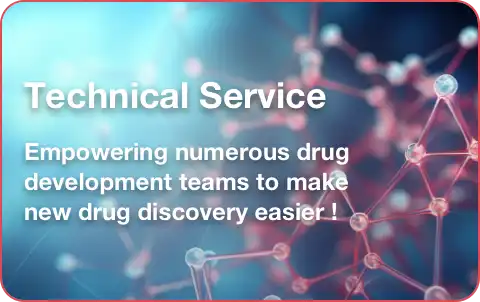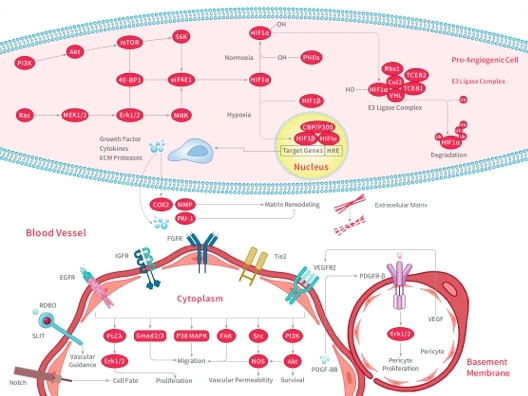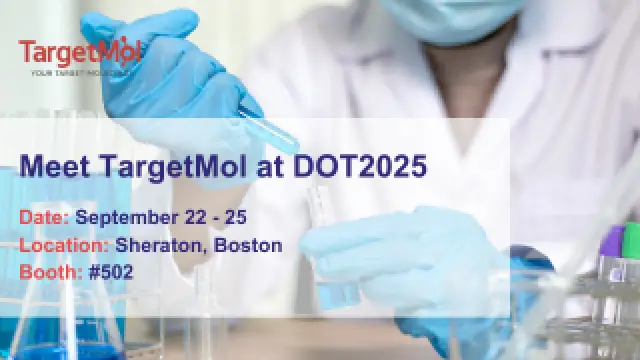- Remove All
 Your shopping cart is currently empty
Your shopping cart is currently empty
NEWS | 15 August 2024
WIKIMOLE—Insulin
By TargetMol
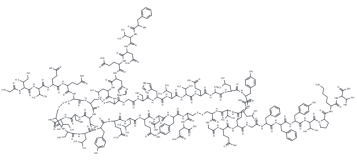
Insulin (human) (Product No. T8221, CAS 11061-68-0) is a polypeptide hormone secreted by pancreatic β-cells, with hypoglycemic activity. It promotes glycogen synthesis, regulates blood glucose levels, and is a key compound in maintaining the body's blood sugar balance.
Mechanism of Action
1. Insulin Regulates Glucose Metabolism ?C Lowers Blood Sugar
-Promotes Glucose Uptake and Utilization
Insulin binds to insulin receptors on the surface of target cells, activating the receptor's tyrosine kinase activity, which in turn initiates a series of intracellular signaling pathways.
-Promotes Glycogen Synthesis
Insulin enhances the activity of glycogen synthase in liver and muscle cells, converting excess glucose into glycogen for storage. This process not only effectively lowers blood sugar levels but also provides the body with a stable energy reserve.
-Inhibits Gluconeogenesis and Glycogenolysis
Insulin inhibits gluconeogenesis and glycogenolysis in the liver, reducing the production and release of endogenous glucose, thereby further stabilizing blood sugar levels.

2. Insulin Regulation of Lipid Metabolism: Promoting Fat Synthesis and Inhibiting Fat Breakdown
Insulin promotes the activity of lipogenic enzymes in adipose tissue, increasing the synthesis of fatty acids and triglycerides. At the same time, insulin inhibits the activity of hormone-sensitive lipase in adipose tissue, reducing fat breakdown and preventing the release of fatty acids into the bloodstream.
3. Regulation of Protein Metabolism: Promoting Protein Synthesis
Insulin enhances protein synthesis by promoting amino acid uptake and activating protein synthesis enzymes, especially in muscle tissue. This not only helps maintain muscle mass but also supports body growth and repair.
Application
1. Diabetes Treatment and Research
Insulin is the cornerstone of diabetes treatment, particularly for patients with type 1 diabetes, where endogenous insulin secretion is severely deficient. Exogenous insulin injections are essential for maintaining their life. Insulin (human) is widely used in the treatment of animal models of type 1 diabetes. Additionally, insulin plays a crucial role in fundamental diabetes research, where researchers study insulin secretion, its mechanisms of action, and interactions with receptors to understand the pathophysiological mechanisms of diabetes.
2. Insulin Resistance Research
Type 2 diabetes is primarily associated with insulin resistance, where insulin signaling in target cells is impaired. Studies have shown that dysfunction in certain nodes of the insulin signaling pathway, such as insulin receptor substrate (IRS-1) and the phosphatidylinositol-3-kinase (PI3K)/protein kinase B (Akt) pathway, are major causes of insulin resistance.

3. Research on Other Metabolic Diseases
Insulin influences the metabolism of glucose, fat, and protein, and is closely related to the development and progression of metabolic diseases. Insulin resistance may be associated with a range of abnormal syndromes, including not only diabetes but also obesity, non-alcoholic fatty liver disease, cardiovascular diseases, polycystic ovary syndrome, Alzheimer's disease, chronic kidney disease, and tumors.
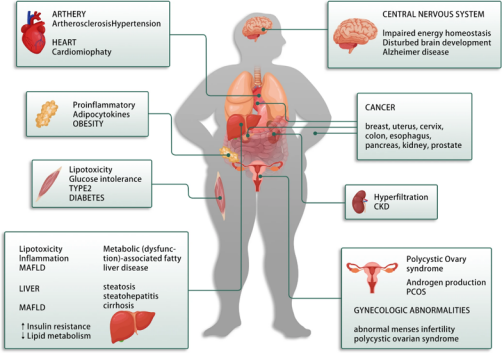
4. Inducing Cell Differentiation
Insulin also plays an important role in stem cell research. Scientists use insulin to promote the differentiation of stem cells into pancreatic ??-cells, with the aim of replacing damaged islet cells and restoring insulin secretion in diabetic patients.
In laboratory research, researchers often use reagents such as IBMX, dexamethasone, and insulin to differentiate 3T3-L1 mouse embryonic fibroblasts into adipocyte-like cells for further studies.
References
[1] Saltiel AR, Kahn CR. Insulin signalling and the regulation of glucose and lipid metabolism. Nature. 2001 Dec 13;414(6865):799-806.
[2] White MF, Kahn CR. Insulin action at a molecular level - 100 years of progress. Mol Metab. 2021 Oct;52:101304.
[3] Graham ML, Janecek JL, Kittredge JA, et al. The streptozotocin-induced diabetic nude mouse model: differences between animals from different sources. Comp Med. 2011 Aug;61(4):356-60.
[4] Petersen MC, Shulman GI. Mechanisms of Insulin Action and Insulin Resistance. Physiol Rev. 2018 Oct 1;98(4):2133-2223.
[5] Taniguchi CM, Emanuelli B, Kahn CR. Critical nodes in signalling pathways: insights into insulin action. Nat Rev Mol Cell Biol. 2006 Feb;7(2):85-96.
[6] Muoio DM, Newgard CB. Mechanisms of disease:Molecular and metabolic mechanisms of insulin resistance and beta-cell failure in type 2 diabetes. Nat Rev Mol Cell Biol. 2008 Mar;9(3):193-205.
[7] Li M, Chi X, Wang Y, et al. Trends in insulin resistance: insights into mechanisms and therapeutic strategy. Signal Transduct Target Ther. 2022 Jul 6;7(1):216.
[8] Liu Y, Li Y, Liang J, et al. The Mechanism of Leptin on Inhibiting Fibrosis and Promoting Browning of White Fat by Reducing ITGA5 in Mice. Int J Mol Sci. 2021 Nov 16;22(22):12353.
[9] Wang G, Wu B, Xu W, et al. The Inhibitory Effects of Juglanin on Adipogenesis in 3T3-L1 Adipocytes. Drug Des Devel Ther. 2020 Dec 2;14:5349-5357.
Other Articles


Subscription to TargetMol News
An essential round-up of science news, opinion and analysis, delivered to your inbox every weekday.

Copyright © 2015-2025 TargetMol Chemicals Inc. All Rights Reserved.


